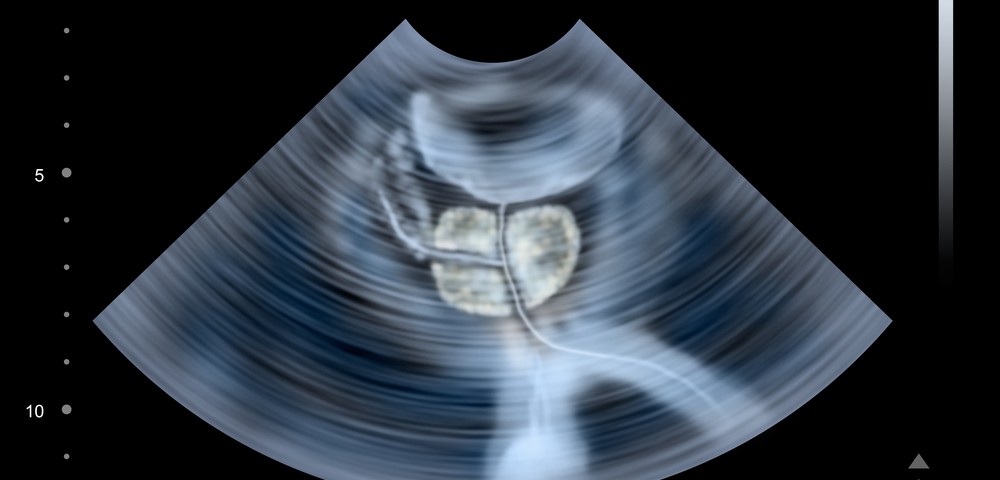Men with benign prostatic hyperplasia (BPH) have different types of prostate enlargement, which determines symptoms and treatment. As an aid in clinical use and treatment options, researchers retrospectively evaluated magnetic resonance imaging (MRI) of histologically diagnosed BPH patients, showing the advantages of MRI not only to differentiate BPH from prostate cancer but also to classify BPH types.
The study, “Magnetic resonance imaging of benign prostatic hyperplasia,” was published in the journal Diagnostic and Interventional Radiology.
Ultrasound is commonly used to characterize BPH types, while MRI has a better contrast resolution and sensitivity to detect prostate cancer. However, some doctors may suspect BPH patients have cancer, leading clinicians to also perform an MRI.
“Although ultrasound has been mainly performed in patients with BPH, MRI could be performed in patients with BPH due to increased PSA levels and suspected or known prostate cancer,” the authors, from the University of Chicago School of Medicine and Beijing Jiaotong University in China, wrote in their study.
Researchers took advantage of the superior contrast resolution MRI offers to estimate zonal and entire prostatic volumes, and to determine the stromal/glandular ratio. By analyzing different parameters, the team identified and classified different BPH types:
- type 0, an equal to or less than 25 cm3 prostate showing little or no zonal enlargements;
- type 1, with enlargement of bilateral transition zone (TZ), which is located in the middle area of the prostate;
- type 2, enlargement in the zone communicating with the rectum and the urethra or rectourethral;
- type 3, bilateral TZ and retrourethral enlargement;
- type 4, enlargement of the peduncle;
- type 5, pedunculated with bilateral TZ and/or retrourethral enlargement;
- type 6, subtrigonal or ectopic enlargement;
- type 7, other combinations of enlargements.
The results further revealed that types 1 (35 percent) and 3 (46 percent) were the most common types of BPH. The team hopes that in the future this detailed characterization may improve BPH treatments.
“BPH is a common condition in middle-age and older men and may cause lower urinary tract symptoms that can affect the quality of life,” the authors said. “MRI, with its superior soft tissue contrast resolution, is more advantageous than ultrasound in differentiating BPH from prostate cancer, estimation of zonal and entire prostatic volumes, detection of enlargement locations, and classification of BPH types which may potentially help in choosing the optimal treatment.”

